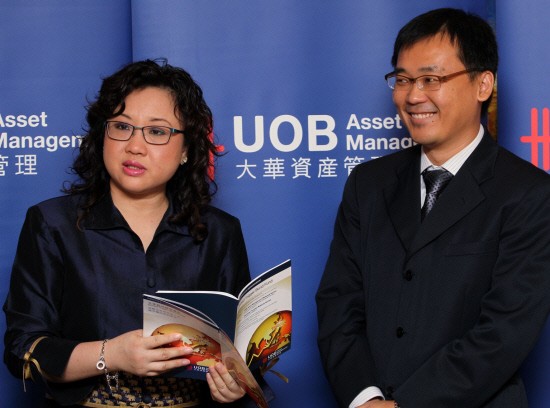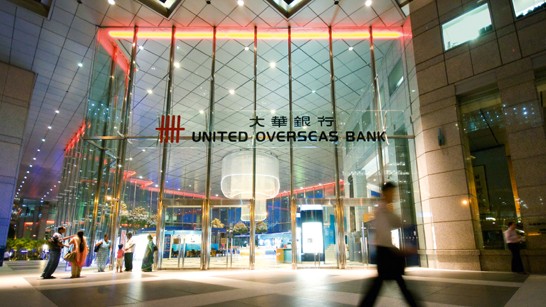UOB Market Risk
Post on: 16 Март, 2015 No Comment

Market risk arises from changes in interest rates, foreign exchange rates, equity prices and credit spreads, as well as their correlations and implied volatilities. The Group is exposed to trading market risks principally from its client-driven market making and product structuring activities.
Market risk is governed by the Asset & Liability Committee (ALCO) which meets monthly to review and provide directions on market risk matters. MRM supports the Board Risk Management Committee (BRMC) and ALCO with independent assessment of the market risk profile of the Group.

The Groups market risk framework comprises market risk policies and practices, delegation of authority and market risk limits, validation of valuation and risk models, and methodologies. This framework also encompasses the new product/service programme process to ensure that market risk issues identified are adequately addressed prior to launch. The Group adopts a daily Value-at-Risk (VaR) to estimate market risk within a 99% confidence interval using the historical simulation method. This methodology is a non-parametric approach that does not make assumptions on the distribution of returns and the correlations between risk classes. The method assumes that possible future changes in market rates, such as interest and foreign exchange rates, may be implied by observed historical market movements. The Group uses historical price changes for the past 300 days to compute the returns of the portfolio. VaR is then estimated from the actual distribution of these returns based on a 99% confidence interval. The VaR estimates are back-tested against profit and loss of the trading book to validate the robustness of the methodology.
To complement the VaR measure, stress and scenario tests are performed on the trading portfolios to identify the Groups vulnerability to event risk. These tests serve to provide early warnings of plausible extreme losses to facilitate proactive management of market risks. The strategy employed in managing market risks balances the overall market risk appetite at the Group, Bank and business unit levels and the targeted revenue. The setting of market risk appetite takes into account the capital position of the Group and Bank to ensure that it remains well-capitalised under stress circumstances. The appetite is translated to risk limits that are delegated to business units. These risk limits have proportional returns that are commensurate with the risks taken.














